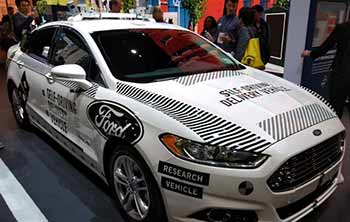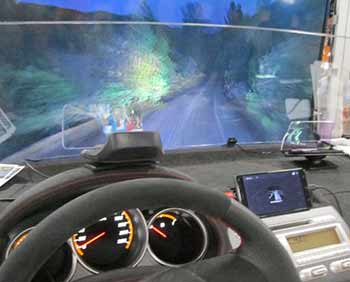數十年來,許多公司和政界人士一直在努力推進解決交通擁堵的解決方案,但美國大多數城市中心的通勤時間卻持續增加。智慧移動時代是交通領域的一個強勁新時代,顛覆性技術和共享經濟激發的新商業模式正在引領這一時代。
智慧出行的興起
從無人駕駛汽車送披薩等簡單的事情到用手機支付停車費,智慧城市的崛起正在讓市中心的生活再次變得酷起來。城市的復興吸引了千禧世代來到城市,也促使人們對交通和個人汽車擁有的態度改變了。
來自不同城市的許多模型已經證明,城市居民不必用私家車創造機動交通來改善可及性。例如,舊金山的「步行城市」模式、Leap(一種基於資訊通信技術的按需交通服務)、Uber和Lyft等共乘系統以及各種自行車共享項目,讓無數人無需出門就能享受城市生活。車。
智慧移動的實際應用
愛立信等公司開發了智慧應用程式來滿足大城市的交通需求。例如,該公司製作了一個旅遊規劃應用程序,幫助遊客遊覽瑞典斯德哥爾摩市。然後是接送計劃器,旨在滿足行動不便人士的交通需求。還有動態公車調度程序,它會通知公車司機前方有障礙物,並建議他們可以採取的替代路線。
城市管理者可以利用物聯網。他們可以使用視訊監控、監視器和射頻識別標籤,所有這些都可以相互通信,以檢測市政服務滯後的重要區域,密切關注重要基礎設施的運作情況,並向決策者通報如何使城市地區更適宜居住並管理城市發展。

現在有一種更全面的、門到門的出行方式,而不是作為唯一出行方式的舊的私人交通模式。污染、都市化、互聯互通、擁塞和全球化等大趨勢正在推動從私家車轉向共乘、共乘和綜合出行等新商業模式。
智慧出行是可以實現的,儘管是不規則的,但在一個主要由小型私人參與者組成的市場中。儘管如此,服務提供者和個人消費者已經在幾個主要城市利用智慧服務和技術。

智慧旅行附帶的資訊服務有可能顯著改善旅行者的體驗。旅行者可以做出適應性選擇,以避免系統故障並重新控制自己的旅程時間。他們可以根據個人喜好(例如便利性或成本)選擇旅行偏好。智慧出行可幫助使用者避免擁堵,進而提高出行舒適度。智慧出行的互聯本質使旅行者能夠透過在旅行時存取線上服務來建設性地利用旅程時間。
人為因素和設計因素的重要性
向可行的智慧出行過渡將在應對貧窮、氣候變遷、公共衛生和性別不平等等常見挑戰方面發揮關鍵作用。自動駕駛、共享出行平台和電動車等進步使交通更加環保、安全、高效和包容。
智慧出行不僅應作為增強出行的手段,也應作為連結人與貨物、城市與地區、知識與創新的方式。發展高效率、宜居的城市,吸引頂尖人才和投資,需要智慧移動。考慮到 2030 年地球上每 10 個人中就有 6 人居住在城市地區,這是城市永續發展的關鍵。
智慧旅行才剛開始
智能出行有望成為一種趨勢。共乘、叫車服務等被譽為「出行1.0」。在這方面,Mobility 2.0 預計將重點放在用戶體驗,並不斷增加專業化程度。移動 3.0 很可能會看到由區塊鏈驅動的無人駕駛汽車和部分所有權模式被普遍接受。




